How to Make a Child's Apartment Bedroom Feel More Spacious
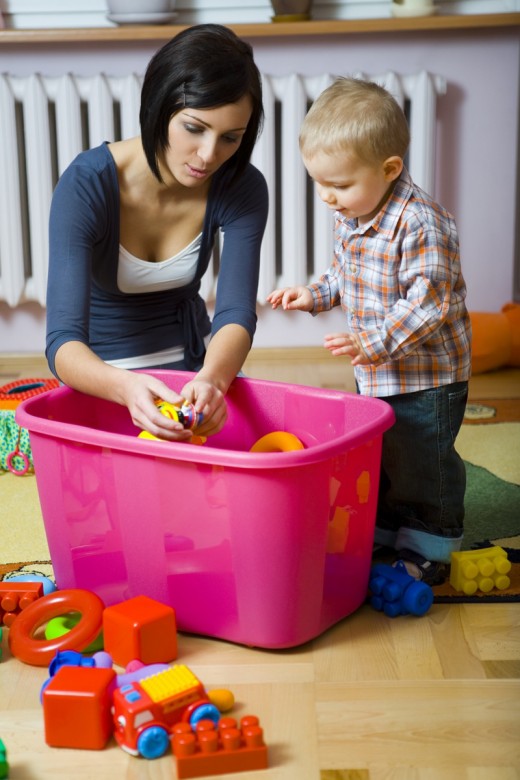
More Toys!? How to Sort and Organize
One of the biggest challenges when moving is packing, unpacking, and organizing toys. Too bad they all aren't the same size, style, and are quiet. When handling your children's toys, be sure to sort them out simply by having a category for each. But this won't work if you don't have the necessary organizers and furniture to help you accomplish this task. So do scroll down to the furniture section if you lack boxes, bins, dressers etc. However, if you have all you need and plan on spending no more money on your child's bedroom furniture, here's what you can do with the toys.
1. Create a doll/action figures/ little men bin and drawer.
Now the larger figures will go in the biggest space and the smallest figures in the smaller place. This way when your son whines about where my Spiderman, my Ben10 or whatever other character you can find him with ease. However, you will have to train your child to put everything back where it belongs.
2. Create another box, bin or drawer for small vehicles. Create shelf space or place large items under beds or play tables.
Since so many children love wheeled toys, there should be a place for them too. Barbie's car, Hotwheels, or even McDonald toys, store these where your child can reach them.
3. Toy parts.
From Barbies high heels to the toy soldier's machine gun, there should be a under the bed bin for these parts.
4. Activity sets/doll houses. etc.
The bigger they are, the more likely they will sit on the floor somewhere in the room along the wall.
5. Miscellaneous items.
Those things they rarely play with should either be given away, sold or stored in a closet. Learn more about organizing the closet in the entries that follow.
6. Broken toys and recalls.
Pitch these when your son or daughter isn't around. It just isn't safe or smart to keep a broken toy especially when a child has an abundance of many other toys.
Now what to do when all items are sorted?
Be sure all drawers are along the walls of the room not in the middle or crowded by other furniture where it makes it hard for the child to open, close or pick up. Now items that you would want to manage, they should be stored on shelving units. Now you can purchase a book shelf, if you don't have one already, that stands about as tall as your child if he or she is small, but if larger, invest in taller book shelves when they are past that exploratory age when they like to climb. These shelves will be used for not only books, but storing awkward toys as well.
Use your under-the-bed space, closet and other places to keep toys off the floor. You will find that you will gain more space in your child's room when you sort and organize well. Also, be sure that all furniture has more than one use. Read more about this scroll to the next entry.
Learn more about apartment moving, shopping and more here.
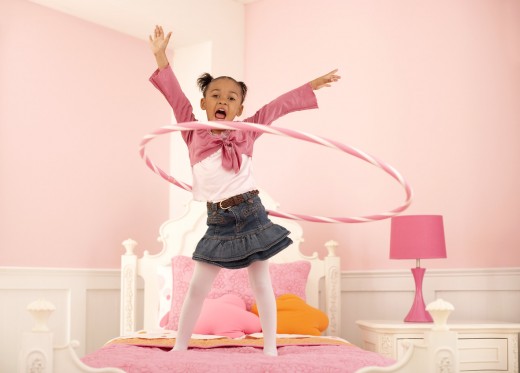
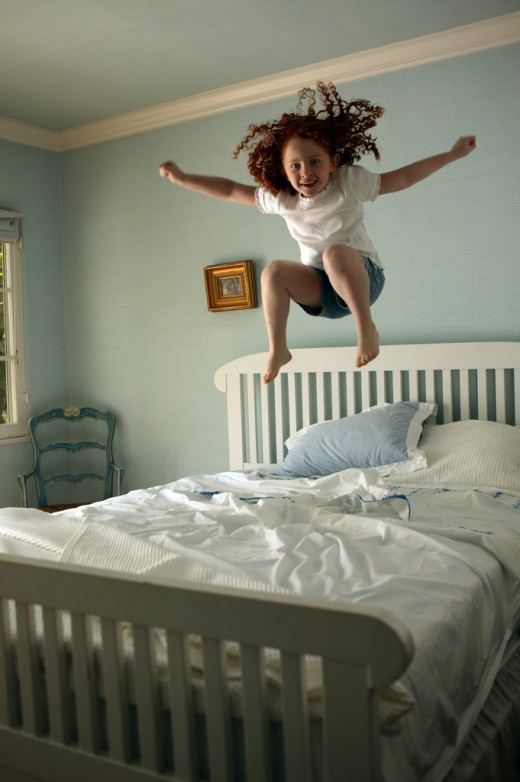
Children's Beds You Can't Live with Them, You Can't Live Without Them
Beds take up much space, but you need them. So how do you organize them so you have more space in your child's bedroom? Well if you have more than one child, most people purchase bunk beds, but when children are very young, these are a hazard. Johnny thinks he is Tarzan and Jane thinks she is superwoman so off they go jumping from the top bunk, flipping on the bottom one and almost bumping their heads. The key to organizing the bed or beds in your child's room is knowing how to align them just right based on how much space your child and his or her imagination needs.
If your child spends much time on the floor, then align the bed so that is flush with a wall. Now if you have two children, you might be able to get one bed placed up against a wall, but not another which means turning the bed so that the head is up against the wall. You can make an L shape in a corner if this is possible with both beds. You can put the beds side-by-side against the largest wall in the room or head-to-head if they are toddler beds or twins depending on how long that wall space is. This way your child has at least half the room to work with and the other half to sleep, draw or read.
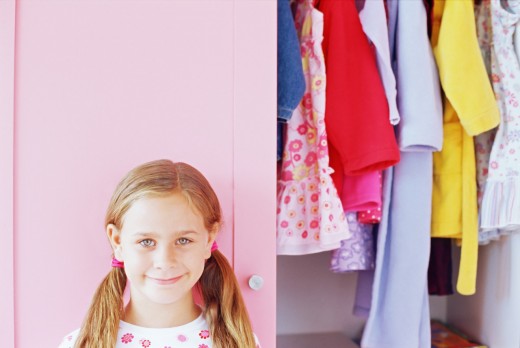
How to Organize Clothing with the Least Amount of Fuss
Clothes can be a headache to organize. But the easiest way to organize them is by piece. If you have a modern closet with those popular white racks that double as shelves, then shirts will be on top and pants on the bottom depending on how much clothes your child has. But if they have enough that just cover the top rack and not the bottom, that is a blessing because you can utilize that bottom shelf to store toys they don't often use and the space beneath it for a laundry sorter, toy bin or shoe rack.
When you have more than one child, you will split the closet up. So the right side is Jane's side and the left is Jill's side. Be sure that both sides have equal organizers. If you take a moment to picture the closet in your mind based on the stuff your children have you should see the following: clothing sorted by season with the most recent items to the left--since we read from left to right, then you should see a space for toys that aren't often played with but still wanted and a rack,shelf or bin for other items like: shoes, keepsakes, donations, etc. You know what items you have, so think about where those items would best be placed.
Best Places to Store Shoes
The obvious place to store shoes is in a closet, but when your child has many or has grown out of a lot of them, then you will need various places to store shoes. For instance, let's say you prefer your children and visitors to take shoes off before walking through your home, then a shoe rack, shoe bin, or shoe drawer should be near the door that is most often used with everyday shoes placed on or in it. However, when there are shoes that aren't worn everyday, another shoe rack, shoe bin, or shoe drawer would help keep shoes tidy and dirt away from clothing and carpeting in the closet.
But what if you don't have the benefit of having a walk-in closet, then you might want to consider a shoe bag for underneath your child's bed for shoes that are often worn. This will also keep little ones from playing with shoes. The shoes are covered and zipped then slid underneath the bed.
Other places to store shoes include:
- Individual shoe boxes and stacked on a shelf unit.
- A closet within a closet with shoes placed on shelves within.
- Shoe drawers as mentioned earlier which can be placed in a living-room setting by a doorway. These look like just another piece of furniture and some even look like art pieces.
- Shoes can be placed in a bag that is hung from the top of a door.
What to Do with All Those Books, Cds, Movies, and Games?
Everytime there is a birthday, school event, or you are out just shopping a book manages to come home with you or some gaming device or board game. Some places you might want to store these items so that small pieces won't end up on the floor or electronic devices broken is in cabinets, drawers or high shelves (for little ones pick a place that isn't in their room and be sure games are out of sight, so that they won't feel tempted to climb to get to them).
The best place to store plug and plays (those are games that have no console and are plugged directly into the TV is in a drawer with cords tied up).
Video games can also be placed on book shelves, but you might consider a bin since they might often be used by older children. Store high on a shelf if there is a baby or toddler visiting or staying in the room as well.
Store Cds, Dvds and VHS tapes on a bookshelf. They tend to last longer when they aren't being handled by children. You can eventually sell these too and receive a higher profit if they are well cared for.
Consider a small television stand, night stand or end table with a shelf to store video gaming consoles and TVs.
The obvious place for books are on a book shelf, but you can also use bins and baskets then store them low. This way you don't have to keep reminding your child to place books neatly on a shelf.
Board games seem to stay intact for a long time when stored neatly in cabinets, high bookshelves, and in closets on shelves.
Remind your child to put back all items when he or she is finished. Sometimes making a game out of cleaning up helps, giving them an incentive, and lots of praise also works too!
For those who want to go a step beyond...
You can organize books and games by title and description on your computer and then when you are ready to sell them online or at a local event, you won't have to be concerned about preparing your items to sell. Do include any wear and tear in your description.
Making Good Use of Wall Space
Wall shelving units can be a lifesaver when it comes to organizing a child's bedroom because many items aren't left on the floor along walls and in corners. Keepsakes and breakable items should be on these shelves.
Walls can also be used for not only storing items, but displaying those many crafts and worksheets from school as well. If you should use any frames, consider plastic ones or those made of fabric.
Wall hangings can be used to store small toys and help you keep up with other items.
When looking to make more room, do look for additional items that can be easily hung up and taken down off walls. Avoid heavy duty Velcro for sticking on walls unless you plan to patch, sand and paint the wall once you leave. Also, avoid large nails because they do leave large holes in walls. However, if you should think about using anyway, check your leasing agreement.
If you need more tips when it comes to organizing your child's room and others, scroll down to informative blog on home organizing.
Remember your wall space can be a help when it comes to trying to organize paper, so do think about the many plastic bins, bags, bulletin boards, and wall hangings that are out there that not only organize, but also make the room nice to view.
Check out some of the photos on this site to get an idea of what you might need for your child's room. Plastic box picture frames display well and tend to be a bit safer than metal or glass picture frames--I don't recommend you use those in your child's room, because they might result in injury if a ball or toy is thrown at them. Bulletin boards work the best.
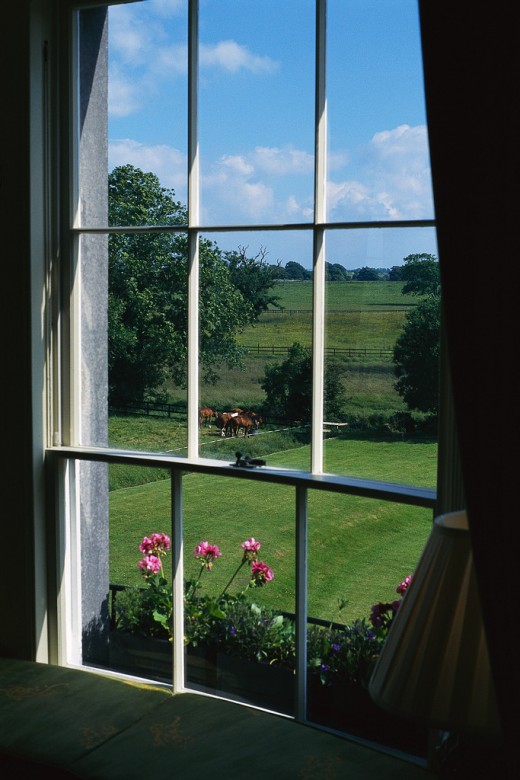
Decorating Windows, Walls, Doors & Carpeting
When decorating windows, you might want to be sure that blinds are raised up in order to keep from little ones playing with them and breaking them. Place curtains over the windows. Think about shopping for window treatments that are energy efficient and absorb sound for your child's room. Also, you might want to block windows with furniture or attach safety locks that don't allow the child to open the window very far to keep him or her from danger.
Depending on the paint used on the walls, they can look bad when trying to take something off the wall. Matte finish paint (that is the dull, flat looking paint which is hard to clean and leaves markings) doesn't look good if you should use tape to hang pictures and then take them down to hang more. Semi-gloss paint on walls holds up well especially when little ones like to touch walls, bang toys up against them, and dare I say it, draw on walls. Be sure that all pictures and wall shelf units are secure when decorating.
Doors tend to take a beating from children's toys and temper tantrums as well. You will want to check that any organizing device you use will hold up well from all the opening and closing of the door; otherwise it might fall down on a child. Use fabric or plastic organizers on doors. Also avoid large nails and harsh tape when decorating a door.
When decorating your carpet with area rugs, consider spraying a stain-resistant spray or shampoo carpet with a fabric guard so that your new open space appears clean longer. Choose a rug that children can also drive play cars and participate in imaginative play ie.) a small city look, roadways, etc.
Time to Organize Your Clutter
Looking around your home, what needs to be organized most?
When Shopping for Furniture for Children's Room Dos and Don'ts
Picking furniture to help organize your child's room doesn't have to be difficult if you know in advance what you need based on the stuff your child has and what he or she likes to do in his or her bedroom. As you shop for items you will see a lot of things that look nice, cute, etc., but serve no real purpose and overtime will get on your nerves. So be wise in your choices. The following suggestions will help you get started.
1. Pick wall shelving that either hangs on the wall or flush up against a wall. So if you have one side of the room with beds or both sides of the room with beds, be sure there is space on at least one wall for shelving.
2. Pick items that will help encourage your child to keep organized. Look at the amount of miscellaneous items--you know the little things you have no drawer or bin for but your child often uses, and get small plastic baskets for those items, mix and match. Make room for stuffed animals--they can be on top of bare-looking dressers, on shelves and displayed on a bed.
3. Utilize that space under the bed. Purchase under-the-bed organizers and you might want to use stands that raise the bed to allow for more room. There are also bed frames with built-in drawers.
4. Have at least one tall dresser for smaller clothes and a night stand or plastic drawer bin for toys. Children like to keep their favorite toys near them, many sleep with them, so additional drawers will help keep items off the floor and handy for your child.
5. Seating/table, not necessary, but can be used for a number of uses.
6. Toy drawers, boxes or bins. Depending on how large the toys and of course the space. These items can be used for those items you just don't know what to do with.
Now for the Dos when shopping for your child's bedroom.
Check for sales at local thrift and discount stores, view classified ads and ask around before shopping for new.
Plan ahead for child's bedroom needs before you are tempted to buy whatever is cute, cheap and useless.
Keep in mind, you are trying to open up space in your child's room, so get rid of everything he or she simply doesn't need or want anymore. Also, pay attention to those things they have grown out of and donate them to charity.
Now for the Dont's when shopping for your child's bedroom.
Avoid buying furniture that tilts or breaks easily. Be sure items can be secured against a wall ie.) a tall bookshelf. Don't purchase something like a lightweight plastic item with hinges for storing that can easily be broken--how long do you think it will serve it's purpose? Choose items mainly without lids if you know your child is often going to be using its contents.
Measure your space when unsure about select pieces of furniture--once again you are trying to open up space in your child's room, so less is better.
Stay away from bulky furniture that looks like it is more for an adult than a child.
Tip: If your child has a really small room, you might consider a narrow entertainment center that holds the TV, has some shelving, a cabinet, and space at the top for storage bins and small boxes.
© 2012 Nicholl McGuire











